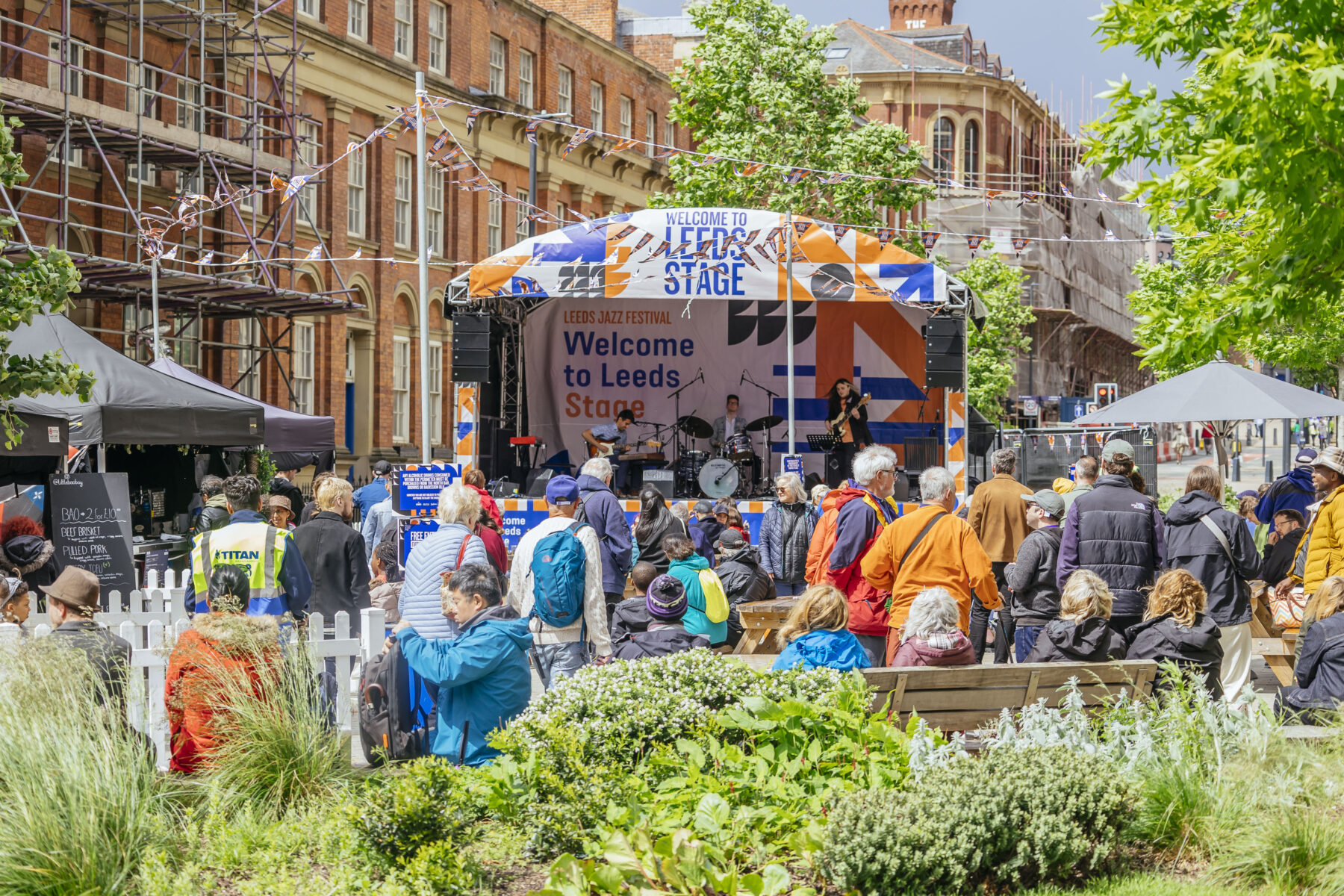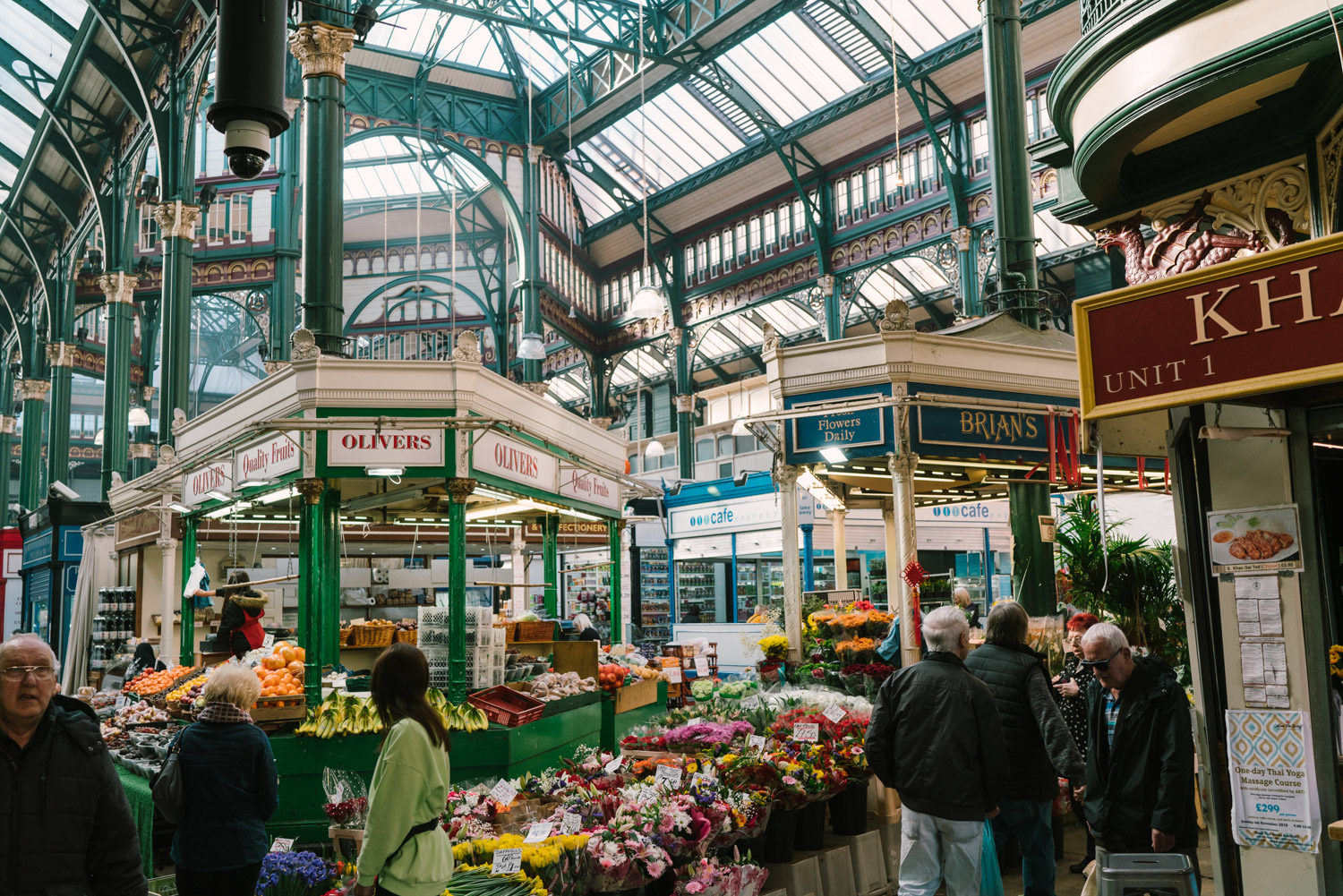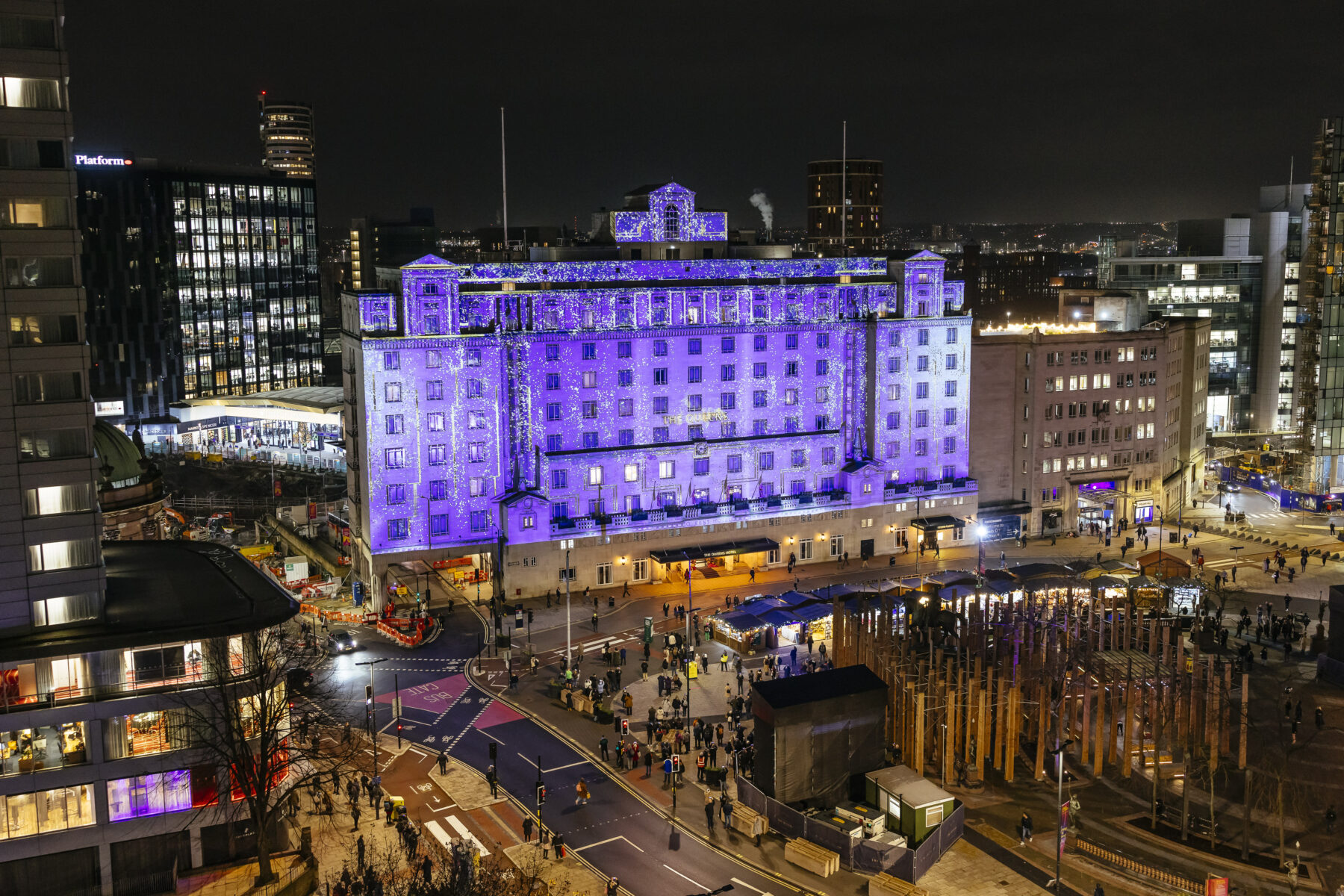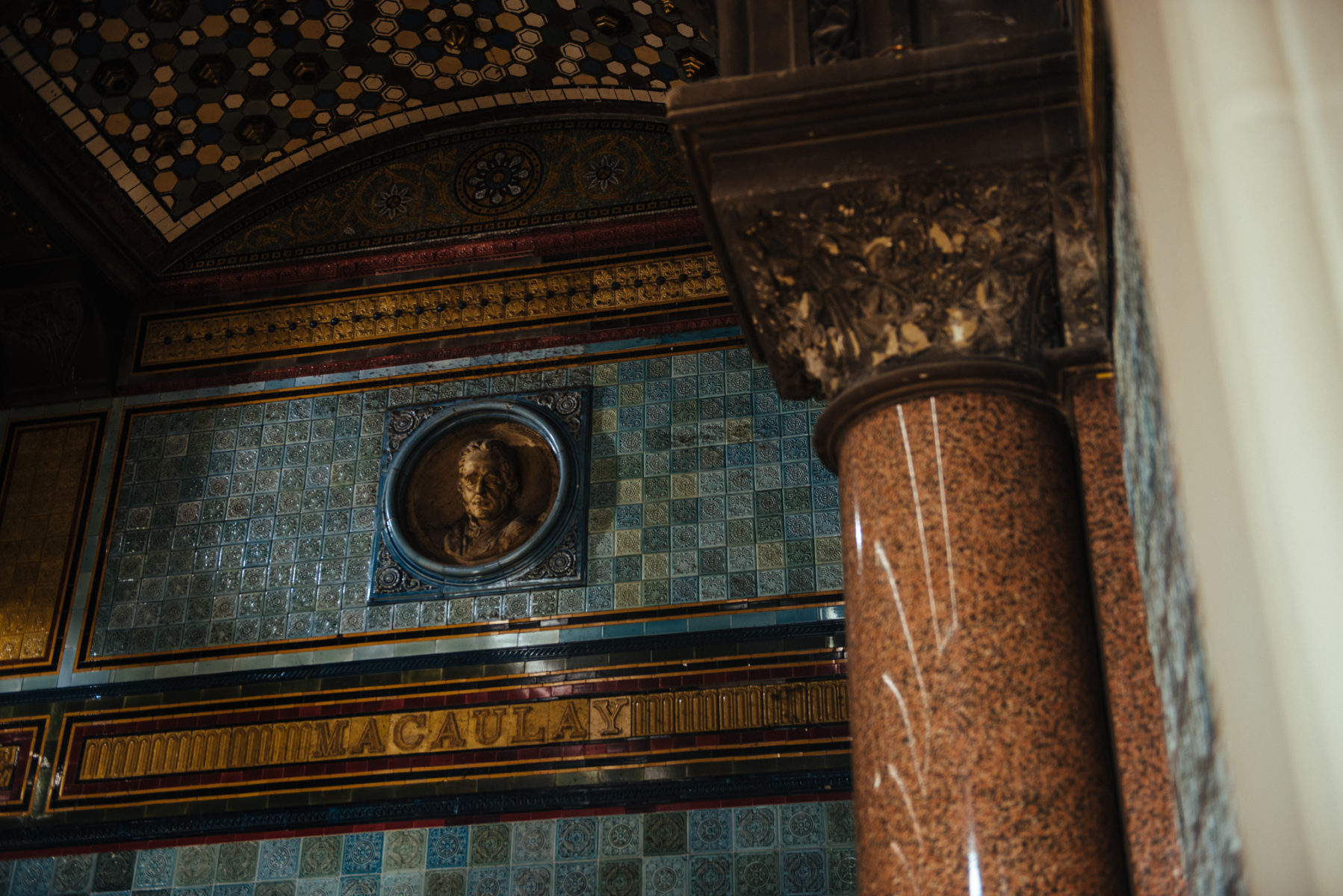
Article
The Blue Plaque: Marking Leeds’ History
Kathy Sharpe
Walk through many cities, towns, and even villages, and you’re likely to pass one. The famous blue plaque. Often, we’re too busy to stop, but when we do take time to look, these signs can be fascinating and induce an “I never knew that” moment! So what exactly are blue plaques for and how did they come about?
The world’s first plaques were apparently erected in London in the 19th century to mark the homes and workplaces of famous people. They were the creation of British politician William Ewart in 1863, and the blue plaque system is said to be the oldest such scheme in the world.
The blue plaque is now a permanent sign installed in a public place to commemorate a link between that location and a famous person or event, serving as a historical marker. It has been administered by different organisations through the years, including local authorities and regional societies.
Nowadays, plaques are made in various sizes, designs, shapes and even colours, but the “blue plaque” has become synonymous with the original English Heritage system and all such similar schemes.
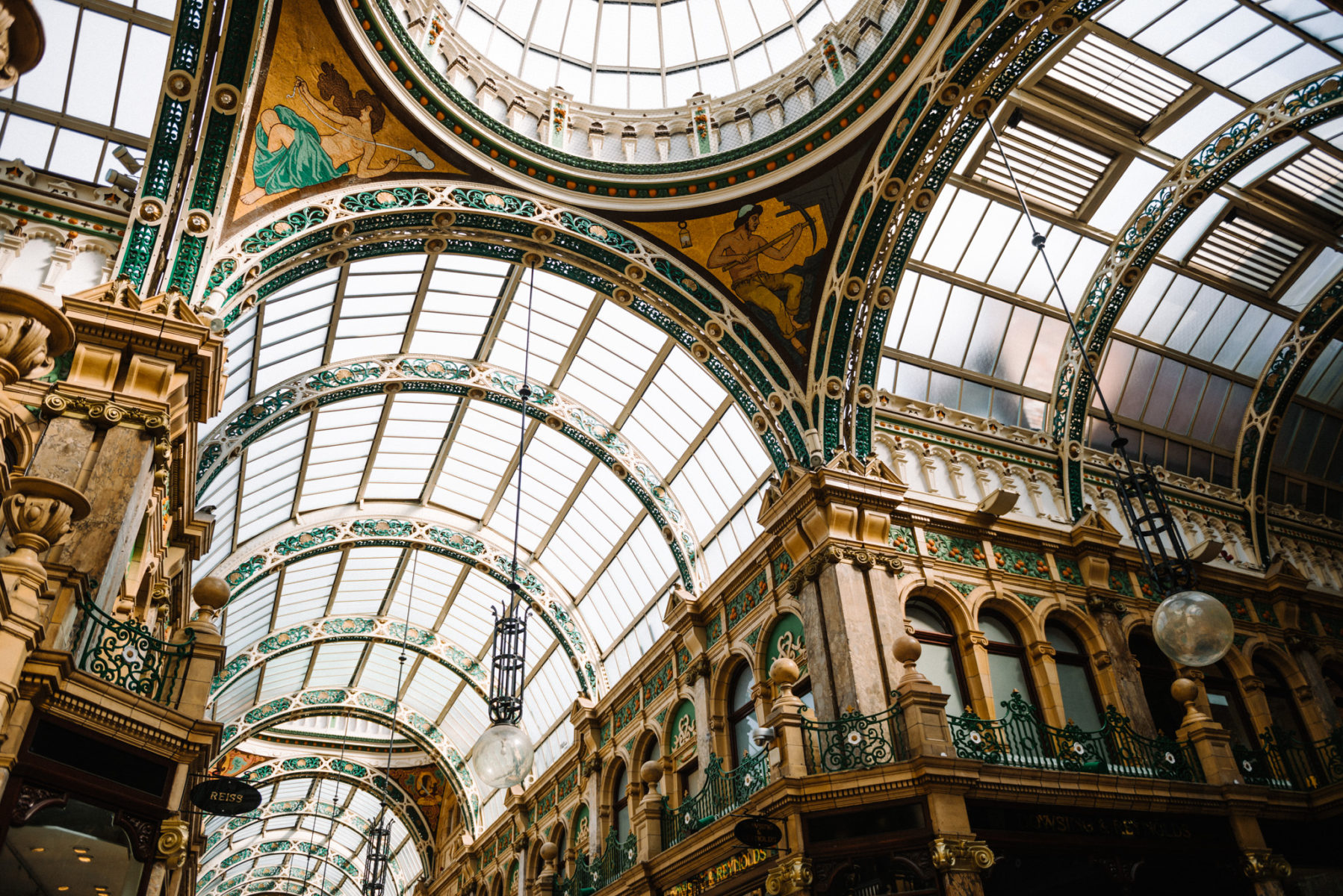 Leeds Arcades
Leeds Arcades
In Leeds, plaques are blue, round, normally 18 inches in diameter, and made of cast aluminium. Their production is managed by Leeds Civic Trust, a group formed in 1965 as a voluntary, non-political body.
The Trust’s core objectives are to preserve Leeds’ architectural heritage, stimulate public interest in the history and character of the city, and encourage high standards of design and town planning. And stimulate interest they have…
Since setting up the scheme in 1987, Leeds Civic Trust has erected over 163 plaques at historic sites across Leeds, from Cloth Halls and railway viaducts to religious buildings, schools, and even burial grounds! The scheme is financed by obtaining sponsorship for each plaque from individuals, organisations and businesses, with strict criteria which must be satisfied.
With Medieval origins, Georgian, Victorian and Edwardian architecture, its roots in cloth trading and a flurry of industrial growth, it’s no wonder Leeds Civic Trust has a rich source of material!


